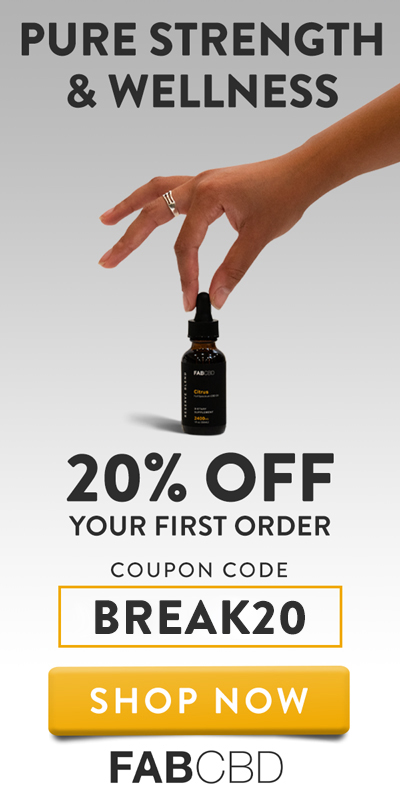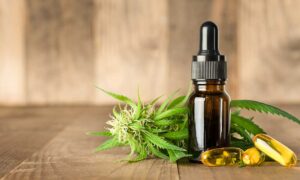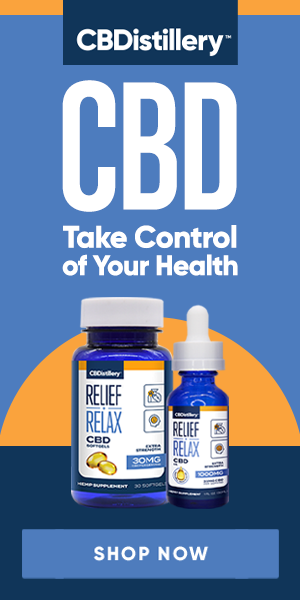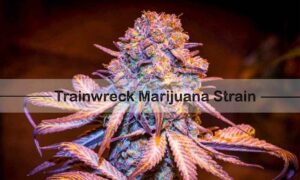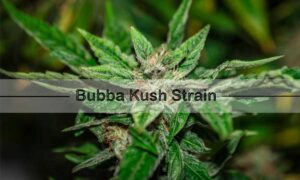Over recent years, the demand for CBD-based products has boomed and it’s now a multi-billion dollar per year industry. Given the fierce competition for market share, it’s no surprise that brands are innovating to create niche products that deliver greater benefits to consumers. And they’re using advanced technology to do so. One niche which is gaining a lot of attention is that of nano (aka ‘water-soluble’) CBD. It’s claimed to be more effective and bioavailable than other delivery methods – in other words, it’s easier for the body to absorb and make use of the active cannabis compounds. In this article we’ll guide you through everything you need to know about Nanotech and CBD, to help you make the most informed decision about whether it’s for you.
What Exactly is Nanotechnology?
Nanotechnology is defined on the EU Scientific Committee’s website as referring to ‘the branch of science and engineering devoted to designing, producing, and using structures, devices, and systems by manipulating atoms and molecules at the nanoscale.’
To give you an idea of how small a nanoscale is, imagine if you can, 100 millionths of a millimeter. Or even less! Actually, there are many examples of structures of this size in nature. However, it’s only recently that it’s been possible to create nanoparticles intentionally.
Over the last few decades, billions of dollars have been poured into nanotechnology research, and government bodies (eg the National Nanotechnology Initiative) have been created to oversee this field. New applications are constantly being developed, not only in industry but in communications, food technology and a host of other areas. It’s already being used to create a new generation of medicines.
So nano-tech isn’t just being used in cannabis products. You’ll find it being used to improve a whole range of everyday products – including cosmetics, beauty lotions, and supplements.
But recently it’s become a major talking point concerning CBD, the non-psychoactive cannabis compound that users claim to have awesome wellness benefits such as reducing anxiety and managing pain.
The Science Behind Nano CBD
Nanotechnology is already being harnessed by several leading CBD brands who claim that it makes compounds easier for the body’s endocannabinoid system to absorb – increasing the effectiveness of their products.
So How Does It Work?
The process for creating so-called water-soluble CBD oils involves “nanoparticles”. The CBD molecules are broken down to ‘nano’ size to make them easier to absorb. Because of this, it’s actually more accurate to call them ‘emulsified’ or ‘water compatible’ than “water-soluble” (which is only a term used for marketing purposes).
It’s because they’re so small that the CBD particles can be absorbed more quickly into the bloodstream. It’s a more efficient way to get the body to take CBD which becomes more bioavailable because the smaller particles can pass through the cell membrane more easily
The Implications of Nano CBD
However, what’s often not made clear is that additional ingredients and processing are needed to create the nanoparticles. The extra components are used to cover and bond with the nanoparticles. While scientists already know that these types of nanoparticles react differently in the body from traditional CBD oils, there’s no clear evidence, to date to confirm whether this difference is due to the size of the particles or the additional ingredients.
Are There Any Legal Issues About Buying or Using Nano-CBD?
As long as the THC content (the psychoactive component) of any CBD Oil product you buy is less than 0.3%, (which it will be if you purchase from any reputable supplier) there no legal issues are surrounding the sale, purchase, or use of nano CBD products in the USA.
Nano CBD Benefits: Do They Live Up to the Hype?
The most commonly made claim for nano CBD is that it increases bioavailability. But what are the facts?
First, let’s define what we mean by bioavailability. It’s the rate and degree at which a substance enters the bloodstream to produce an active effect. The bioavailability of traditional CBD is very low. For example, tests show that if you take CBD orally, the average bioavailability will range from 4% to 20% – so if you consume a CBD dosage of 100mg, only 20mg will enter your bloodstream. That means that 80mg or more will pass out of the body, unused and producing no effect.
What’s the reason for this? It’s because CBD is a hydrophobic molecule – it won’t mix with water. As your mouth and digestive tracts are water-based environments – it passes through with only a small amount being absorbed. However, when CBD molecules are broken into small enough particles, they act like substances that dissolve in water (although in reality, they’re still oils). That’s why it’s easier for the body to absorb them.
Research indicates that nano CBD optimizes absorption to such a degree that it can provide up to 80% bioavailability, regardless of your CBD dosage routine. That is, it’s four times as bioavailable as traditional oral CBD.
But What are the Other Benefits?
Traditionally, CBD is used as a supplement in oil form, whether in tinctures, salves, gummies, or other products. While consumers reported the many beneficial effects, the drawback is that the oil can’t easily be mixed into drinks to make it more palatable. Not everyone could stand the taste or the oily texture.
In addition, topical products such as oil-based creams and salves aren’t easily absorbed by the skin. But now ‘water-soluble’ CBD products, based on nano-emulsified CBD have changed all that. The tiny CBD molecules, when applied to the skin, help the compounds to sink into the skin rapidly and easily, delivering the active ingredients to the deeper layers to work.
So the good news is that smaller amounts need to be used to generate the same benefits as traditional oil-based CBD products. The CBD products you buy will last longer, and be more economical in the long run as well as more effective
Importantly, rapid absorption means that beneficial effects, such as pain relief, can be achieved in less time. For those with sports injuries, or debilitating chronic joint or muscular issues, faster-acting products can have a significant impact on their quality of life and ability to complete essential tasks more easily.
What’s The Future of Nanotech & CBD?
To date, the research is promising, but not conclusive. It seems clear that nano CBD is absorbed more efficiently by the body. For users, this means they’ll get greater benefits from less product when they use nano CBD. However, long-term studies have still to be carried out. It makes sense to be cautious when choosing your nano CBD brand, because, until we know more, there is still an element of risk.
In a 2020 article on Weedmaps, some of the leading scientific experts in the field were asked for their insights into the benefits of nanotechnology. Overall, the jury was still out. While they agreed that, in theory, nanotechnology might enhance the effect and increase absorption of CBD products, overall, they did not see strong research-based evidence to support it.
It’s wise to remain skeptical of CBD brands that over-promise in order to sell their nano CBD products. Instead, choose a company that offers high-quality third-party testing, values its reputation for quality, and invests in keeping up-to-date with the latest research into nano CBD.
Final Thoughts
So, what does all this mean for you as a current or potential CBD user? It’s certainly worth looking into whether the CBD brands you choose are using nano-tech to increase the bio-availability of the active compounds in their products. However, unless you are focused on sourcing the CBD in its most natural form, and want to know it has undergone the least amount of processing possible, nano or non-nano is probably number one on your list of priorities. If you are concerned, and the information isn’t clear from their website – contact suppliers on their website or social media and pose the question. It’s interesting that few brands are being totally transparent about their use of nano-tech.
However, for most of us the quality of the raw product will be more important– where is it grown? Does it meet organic standards? What method of CBD extraction do they use? Eco-friendly CO2, or with chemical solvents? Are their products independently tested by 3rd party labs? Reading the lab reports is the best way to ensure that you’re getting the amount of CBD you’ve been promised.
Finally, and perhaps most importantly are your products to be isolate (pure CBD), broad spectrum (a wide range of compounds from the plant, with all traces of THC removed), or full-spectrum (compounds including THC) – get more details here. As with everything related to CBD, there’s an element of experimentation required because every human body responds differently. So test out nano-CBD, evaluate the benefits for you, and make your choice! Take control and you’ll get to choose your own future!


